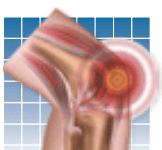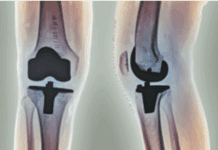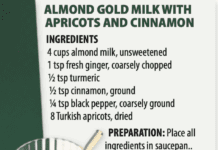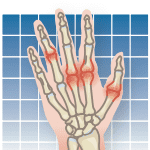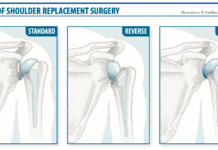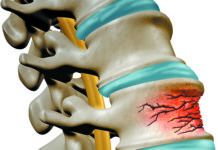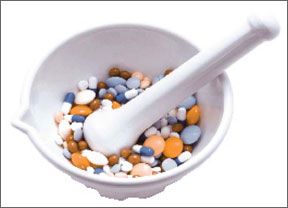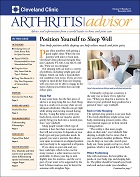Using two or more drugs at the same time to treat rheumatoid arthritis (RA) is an individualized and sometimes complicated strategy, but the potential effects of this approach-called combination therapy-are more promising than ever. "Based on current studies and clinical trails, an RA patient can expect at least a 20 percent improvement in pain and function from combination therapy," says Matthew Bunyard, MD, a rheumatic and immunologic disease specialist at Cleveland Clinic. But sorting out the bewildering array of generic drug names, trade names, and acronyms can be painful itself. Three groups of drugs that have traditionally been used to treat RA are nonsteroidal anti-inflammatory drugs (NSAIDs), corticosteroids, and disease-modifying antirheumatic drugs (DMARDs). Dr. Bunyard explains the pros and cons of each.
To continue reading this article or issue you must be a paid subscriber.
Sign in






